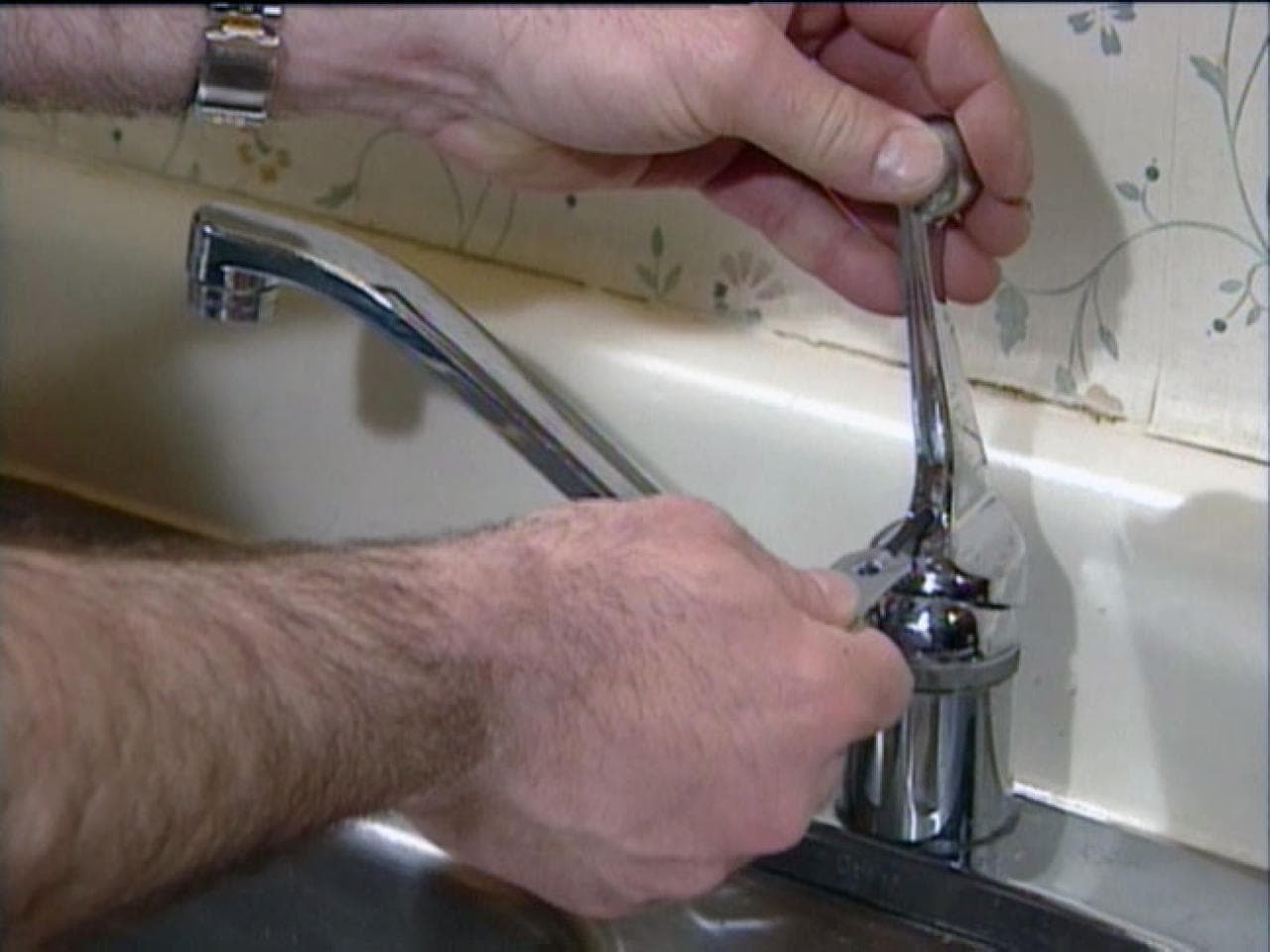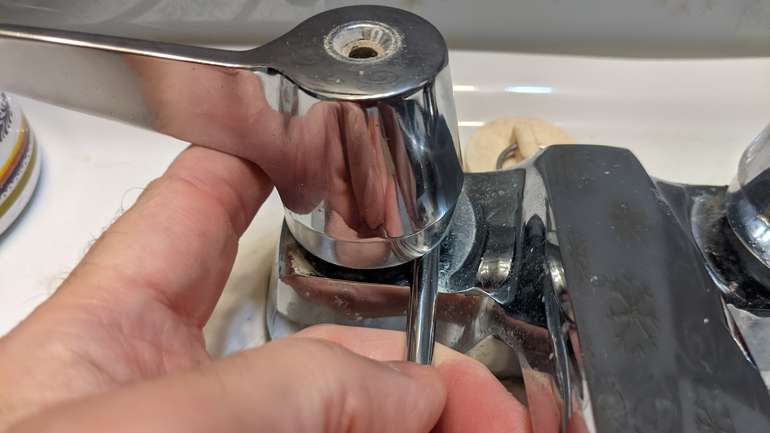Reasons Why It's Important to Resolve a Dripping Faucet
Reasons Why It's Important to Resolve a Dripping Faucet
Blog Article
This article on the next paragraphs pertaining to Leaky Faucets: Why They Happen & What to Do About Them is totally intriguing. Read it yourself and decide what you think of it.

Trickling taps might look like a small trouble, however their impact exceeds just the aggravation of the noise. From wasting water to incurring unneeded monetary expenses and wellness dangers, overlooking a leaking faucet can cause various effects. In this write-up, we'll look into why it's vital to resolve this usual family concern quickly and properly.
Wastefulness of Water
Ecological Impact
Dripping faucets contribute considerably to water wastage. According to the Environmental Protection Agency (EPA), a single tap leaking at one drip per secondly can waste greater than 3,000 gallons of water each year. This not just stress water resources however additionally affects ecological communities and wildlife depending on them.
Step-by-Step Guide to Fixing a Dripping Tap
Devices Needed
Prior to trying to fix a trickling tap, collect the required tools, consisting of an adjustable wrench, screwdrivers, replacement parts (such as washers or cartridges), and plumber's tape.
Usual Tap Issues and Their Solutions
Identify the kind of tap and the specific issue creating the drip. Common problems include worn-out washing machines, rusty valve seats, or malfunctioning O-rings. Refer to maker directions or on the internet tutorials for step-by-step support on repair work.
Financial Costs
Boosted Water Expenses
Past the environmental effect, dripping taps can blow up water expenses substantially. The accumulated waste gradually equates into greater utility expenditures, which might have been avoided with timely repair services.
Prospective Residential Property Damage
Moreover, extended dripping can result in harm to components and surface areas bordering the tap. Water accumulation can trigger discoloration, corrosion, and even structural issues if left unattended, leading to added repair work costs.
Wellness Problems
Mold And Mildew and Mold Growth
The constant visibility of wetness from a dripping tap produces an excellent setting for mold and mildew development. These fungi not only compromise indoor air high quality however additionally posture health risks, particularly for people with breathing problems or allergic reactions.
Waterborne Illness
Stationary water in trickling faucets can come to be a breeding ground for germs and various other virus, boosting the risk of waterborne diseases. Impurities such as Legionella microorganisms flourish in stationary water, possibly leading to major health problems when consumed or inhaled.
Do it yourself vs. Specialist Fixing
Pros and Cons of DIY Repair Service
While some may try to take care of a trickling faucet themselves, do it yourself repairs feature their own collection of difficulties. Without correct understanding and devices, do it yourself efforts can aggravate the problem or result in incomplete fixings, lengthening the trouble.
Advantages of Working With an Expert Plumber
Employing a professional plumber makes sure that the underlying root cause of the trickling tap is dealt with properly. Plumbing professionals possess the competence and equipment to identify and repair tap problems successfully, conserving time and decreasing the risk of further damages.
Environmental Obligation
Individual Contribution to Preservation
Taking responsibility for fixing trickling taps lines up with wider initiatives towards water conservation and ecological sustainability. Every person's actions jointly make a considerable impact on preserving precious resources.
Sustainable Living Practices
By focusing on prompt repair services and taking on water-saving habits, individuals contribute to lasting living techniques that profit both existing and future generations.
Safety nets
Regular Maintenance Tips
To prevent leaking taps, carry out regular upkeep such as cleaning aerators, examining for leaks, and changing damaged components without delay. In addition, take into consideration mounting water-saving gadgets or upgrading to a lot more effective components.
Relevance of Prompt Services
Dealing with trickling taps as soon as they're discovered stops more water wastefulness and prospective damages, inevitably saving both water and money in the long run.
Effect On Home Value
Assumption of Well-Maintained Home
Preserving a residential property in good condition, including attending to maintenance concerns like trickling faucets, boosts its perceived value and desirability amongst possible customers or occupants.
Impact on Resale Worth
Features with well-kept plumbing components, consisting of faucets, command greater resale values in the real estate market. Dealing with leaking faucets can add to a positive impression throughout property inspections and settlements.
Verdict
Resolving a dripping tap exceeds mere comfort; it's an important step toward preserving water, lowering monetary expenses, and guarding health and property. Whether through do it yourself repair services or professional support, acting to deal with trickling faucets is a little yet impactful means to advertise liable stewardship of sources and contribute to a healthier, a lot more lasting future.
How to Fix a Leaky Faucet: Step-by-Step Repair Guide
A leaky faucet may seem like a simple annoyance, but if it's not fixed promptly, that leak could cost hundreds to potentially thousands. From water damage to mold, mildew, and high water bills, even a tiny leak can be catastrophic if left unattended. Damage like this can even affect the overall value of your home, so it's important to take the right approach for leaky faucet repair. You may need the help of a plumber in some cases, but we've got a few tips you can try on how to fix a leaky faucet before calling the pros.
Four Faucet Types
When you're learning how to fix a leaky faucet, the first step is knowing what kind of faucet you're working with! There are four common types.
Cartridge Faucets
Cartridge faucets come in one- or two-handled varieties. In one-handled cartridge faucets, hot and cold water combines in a single cartridge. In the two-handled versions, hot and cold water are controlled separately and mixed in the faucet.
Ball Faucets
Ball faucets have a single lever you push up and down to adjust the pressure and rotate to change the temperature. A slotted metal ball controls the amount of water allowed into the spout.
Compression Washer Faucets
They're the oldest type of faucet, but they're still used in many homes — especially older ones. Compression faucets have two separate handles that, when turned, raise or lower the washer that seals a water valve. This valve stops water from flowing through the faucet when it is turned off.
Disc Faucets
Disc faucets rarely need to be repaired due to their maintenance-free design. The water flow is controlled by two discs — the upper one raises and lowers against a fixed lower disc, creating a watertight seal. If your disc faucet starts leaking, you may need to replace the seals or clean residue buildup from the inlets.
Fixing a Leaky Faucet
Step 1: Turn Off the Water
Whether you're learning how to fix a leaky bathtub faucet or how to fix a leaky kitchen faucet, always turn off the water supply to your working area when you're fixing a leak. The last thing you want is a flood added to your list of things to fix.
Look for the shutoff valves below your sink or around the tub and turn them clockwise to stop the water flow. If your faucet doesn't have shutoff valves, you may need to turn off the water for the whole house. Check to make sure it's off by turning the faucet on. If nothing comes out, you're ready to start the repair.
Step 2: Take Apart the Faucet
How you disassemble your faucet depends on the type of fixture you have. You can use a flathead screwdriver to remove the caps on top of the handle or handles for cartridge and compression faucets. Inside, you should see handle screws. Unscrew these with a screwdriver to remove the handle.
Disc- and ball-style faucets will typically have an inlet screw near the handle, and removing that will reveal the interior of the faucet.
Detach the Valve Stem
For cartridge- and compression-style faucets, you'll see the inner valve stem or cartridge once you remove the faucet handles. If you have a compression faucet, unscrew the brass valve stem. If you have a cartridge faucet, pull out the cartridge. If your cartridge has been in place for a while, it may require some tools or extra force to remove it due to mineral deposits.
Examine and Replace Parts
Once you've removed the parts, check them out to confirm what needs to be replaced. You may see corroded rubber washers, O-rings, stems, or cartridges. On a ball-style faucet, check the seats and springs for damage.
If you need to repair a leaky disc faucet, check the inlet and seals on the lower disc.
Once you determine what parts must be replaced, visit your local hardware store. Bring the damaged parts with you to ensure you can purchase the correct components to replace them.
Clean Valves and Faucet Cavity
If you've removed a stem or cartridge, you may notice mineral buildup in the faucet's threads. Use white vinegar to clean the valve seat by soaking it for a few minutes, then scrub it away with a soft toothbrush and rinse with warm water. You can also clean the interior of the faucet in the same way.
Reassemble the Faucet
Once your faucet is cleaned and the required parts have been replaced, it's time to reassemble it. Put the pieces back together and slowly turn the water supply back on. Doing this slowly is crucial because too much initial water pressure can damage the new hardware you've just installed.
https://homewarranty.firstam.com/blog/how-to-fix-leaky-faucet

Do you really like more info about 4 Common Reasons for a Leaky Faucet? Put a review down the page. We'd be pleased to know your views about this post. We are looking forward that you come back again in the future. Sharing is caring. You won't know, you will be doing someone a favor. Bless you for your time. Revisit us soon.
Report this page